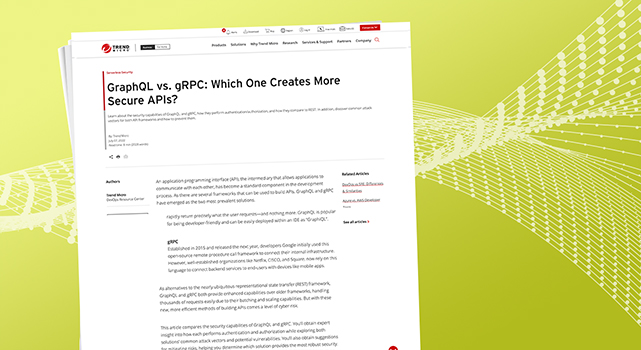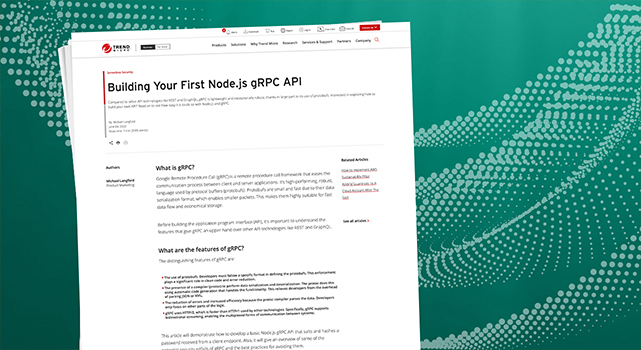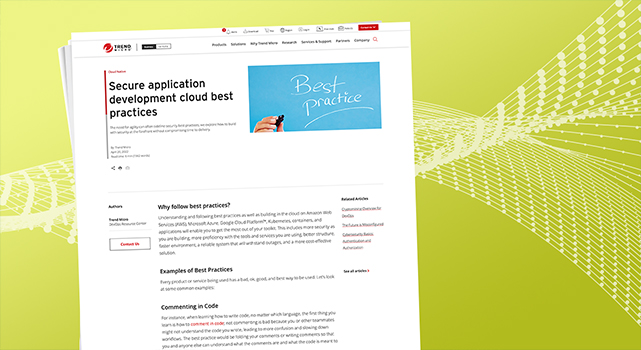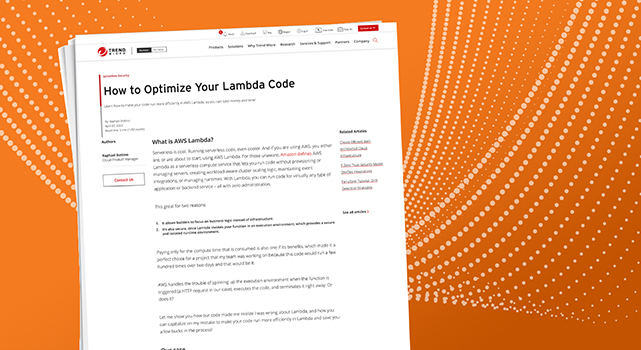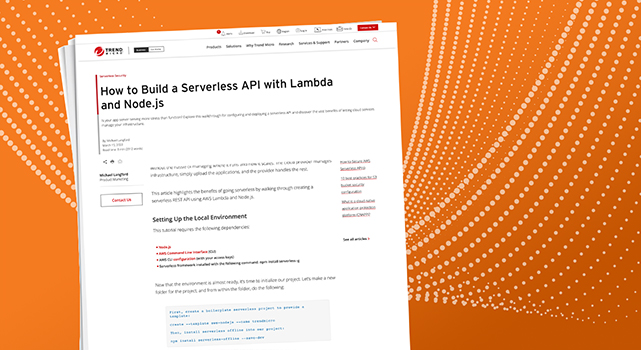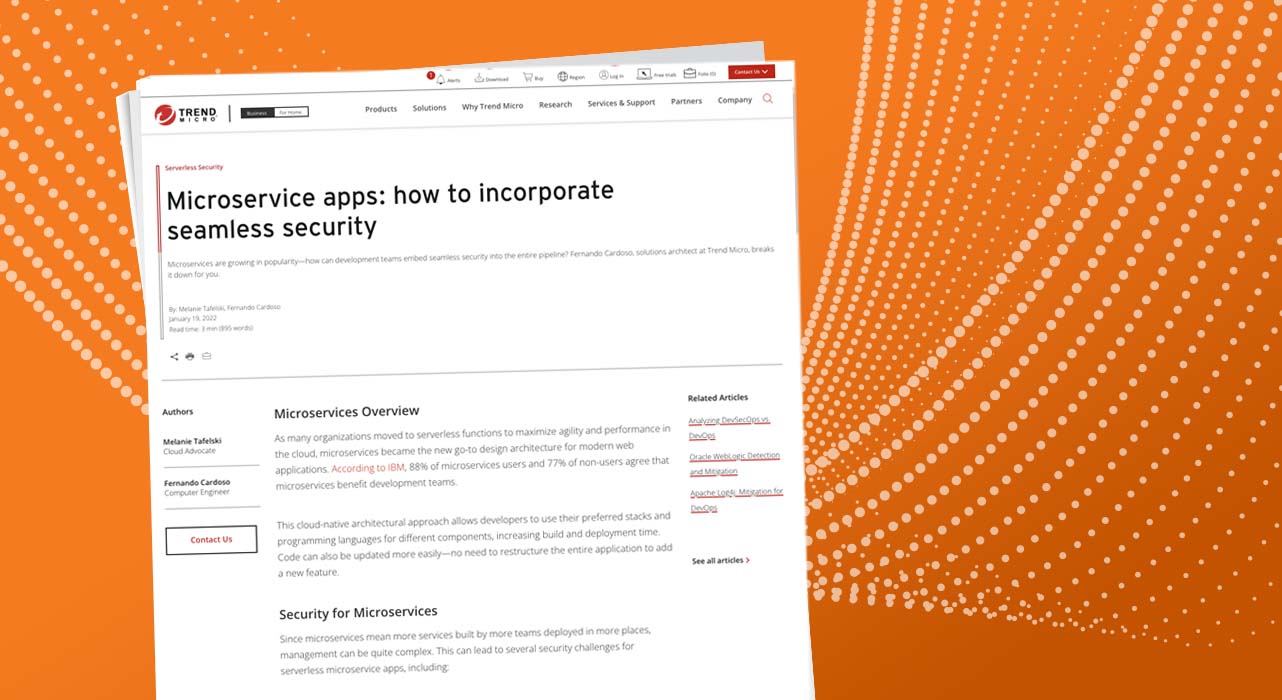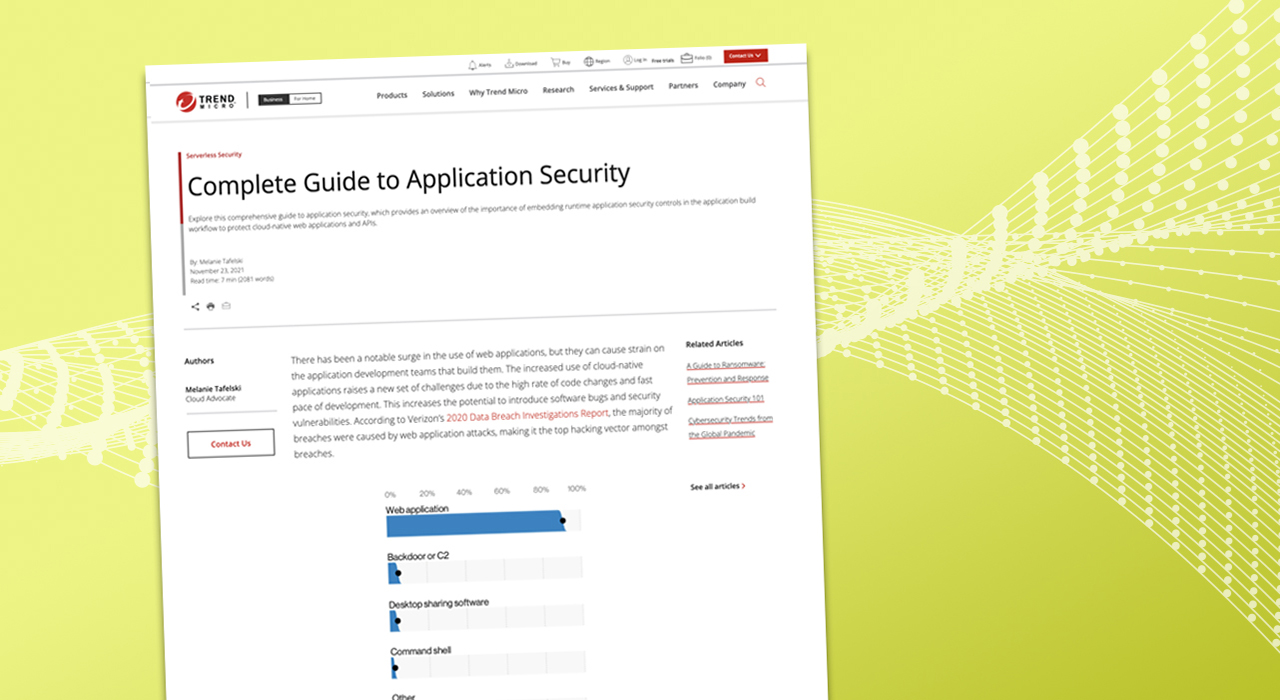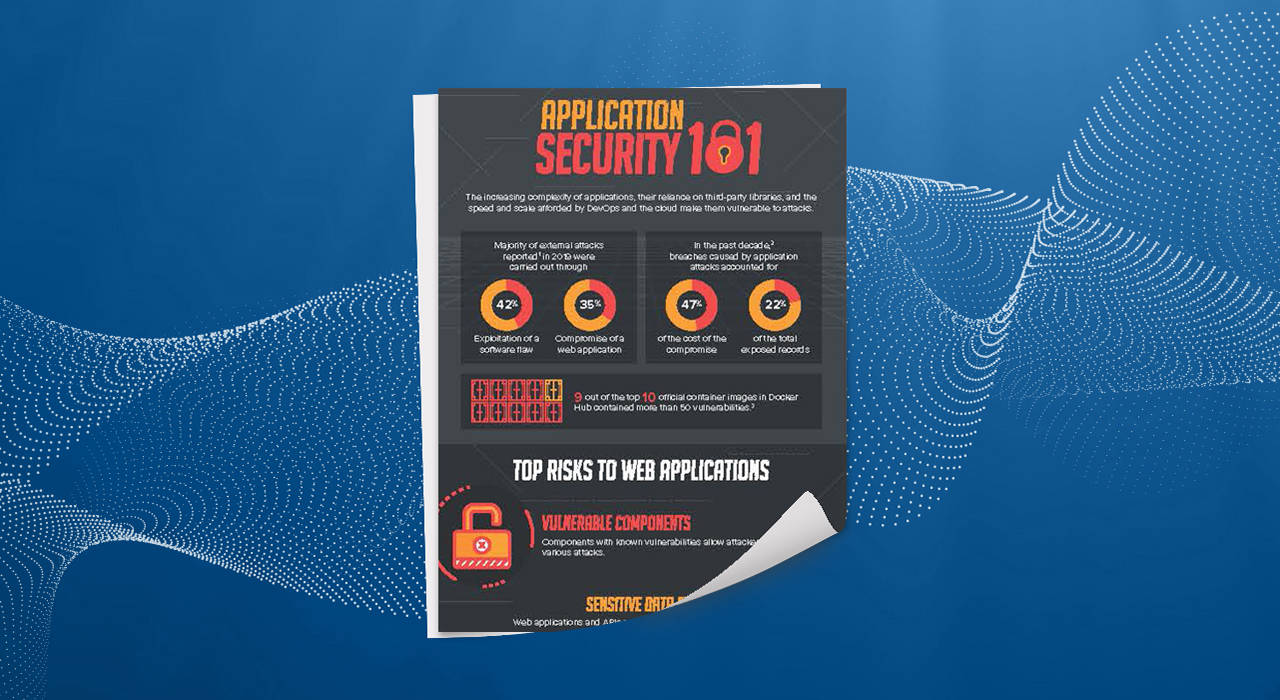- Network teams are ready to switch tool vendors
- La UE avanza hacia la regulación del consumo de energía y agua en los centros de datos
- Grandoreiro Banking Trojan is Back With Major Updates
- Chinese Duo Indicted For Laundering $73m in Pig Butchering Case
- 15 companies account for 62% of global attack surface
Unlocking Serverless with AWS Lambda and IAM
As I mentioned earlier we find the code for our two Lambda functions create-user and get-user under their respective folders. import jsonimport boto3import os client = boto3.client(‘dynamodb’) table_name = os.getenv(“TABLE_NAME”) def handler(event, _): body = json.loads(event[‘body’]) data = client.put_item( TableName=table_name, Item={ ‘id’: { ‘S’: body[‘id’] }, ‘name’: { ‘S’: body[‘name’] } })response…
Read More

